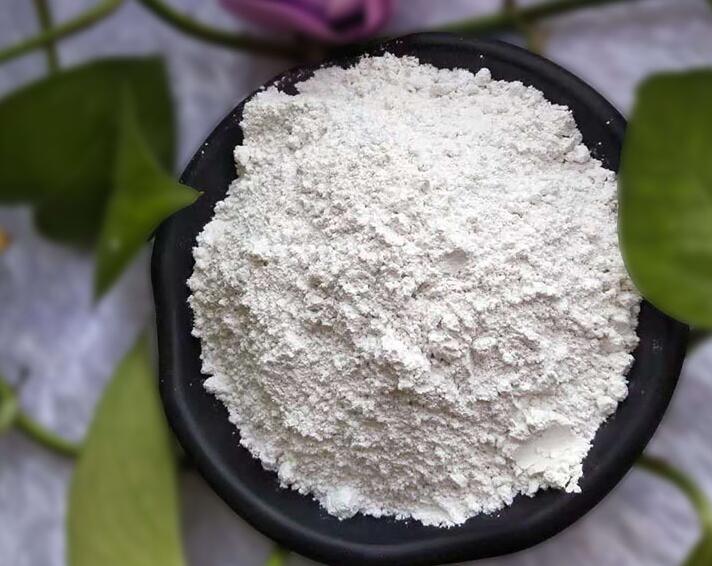Study on the Effect of Pretreatment on Magnesium Hydroxide-Based Alkali Source Hydrogen Peroxide Bleaching of Waste Paper Deinked Pulp

Effects of different pretreatment methods on the hydrogen peroxide bleaching effect of waste paper deinked pulp using magnesium hydroxide as an alkali source. By subjecting the waste paper deinked pulp to a series of pretreatments, including washing, screening, and enzyme treatment, we investigated how these pretreatment steps changed the properties of the waste paper pulp and their impact on the subsequent bleaching process. Experimental results show that appropriate pretreatment can significantly improve the bleaching effect of waste paper pulp, increase its whiteness and reduce the consumption of bleach.
Waste paper deinked pulp, magnesium hydroxide, hydrogen peroxide bleaching, pretreatment, whiteness
Waste paper deinked pulp usually contains a variety of impurities, such as ink particles, adhesives and fillers, which will affect the bleaching effect of hydrogen peroxide. In order to improve bleaching efficiency, effective pretreatment measures need to be taken to remove these impurities.
Preprocessing method
Washing: Remove ink particles and other soluble impurities on the surface by washing with water.
Screening: Use screening equipment to remove larger impurity particles, such as undeinked paper.
Enzyme treatment: Using cellulase or hemicellulase to treat waste paper pulp can help break down part of the cellulose structure and improve the permeability of bleach.
Hydrogen peroxide bleaching
Magnesium hydroxide as an alkali source: Using magnesium hydroxide as an alkali source in the bleaching process will help improve the stability of hydrogen peroxide and promote the bleaching reaction.
Bleaching conditions: Control parameters such as bleaching temperature, time, and hydrogen peroxide concentration to achieve the best bleaching effect.
experimental design
Sample preparation: Waste paper deinked pulp with different pretreatment degrees was selected as experimental samples.
Bleaching experiment: The pretreated waste paper pulp was subjected to hydrogen peroxide bleaching experiment.
Performance evaluation: Measure the whiteness, strength and other indicators of the waste paper pulp before and after bleaching, and compare the changes under different pretreatment methods.
Results and discussion
Whiteness improvement: The brightness of waste paper pulp that has been properly pretreated under the same bleaching conditions will be more significant.
Strength maintenance: Reasonable pretreatment not only improves the whiteness, but also better maintains the mechanical strength of the pulp.
Bleach consumption: Pretreatment helps reduce the amount of hydrogen peroxide used in the bleaching process, reducing production costs.
By carrying out different pretreatments on waste paper deinked pulp, the effect of hydrogen peroxide bleaching can be significantly improved. Especially when magnesium hydroxide is used as an alkali source, pretreatment can better play its role, thereby improving the whiteness of the pulp and reducing the consumption of bleach. This research provides new ideas and technical support for waste paper recycling.








